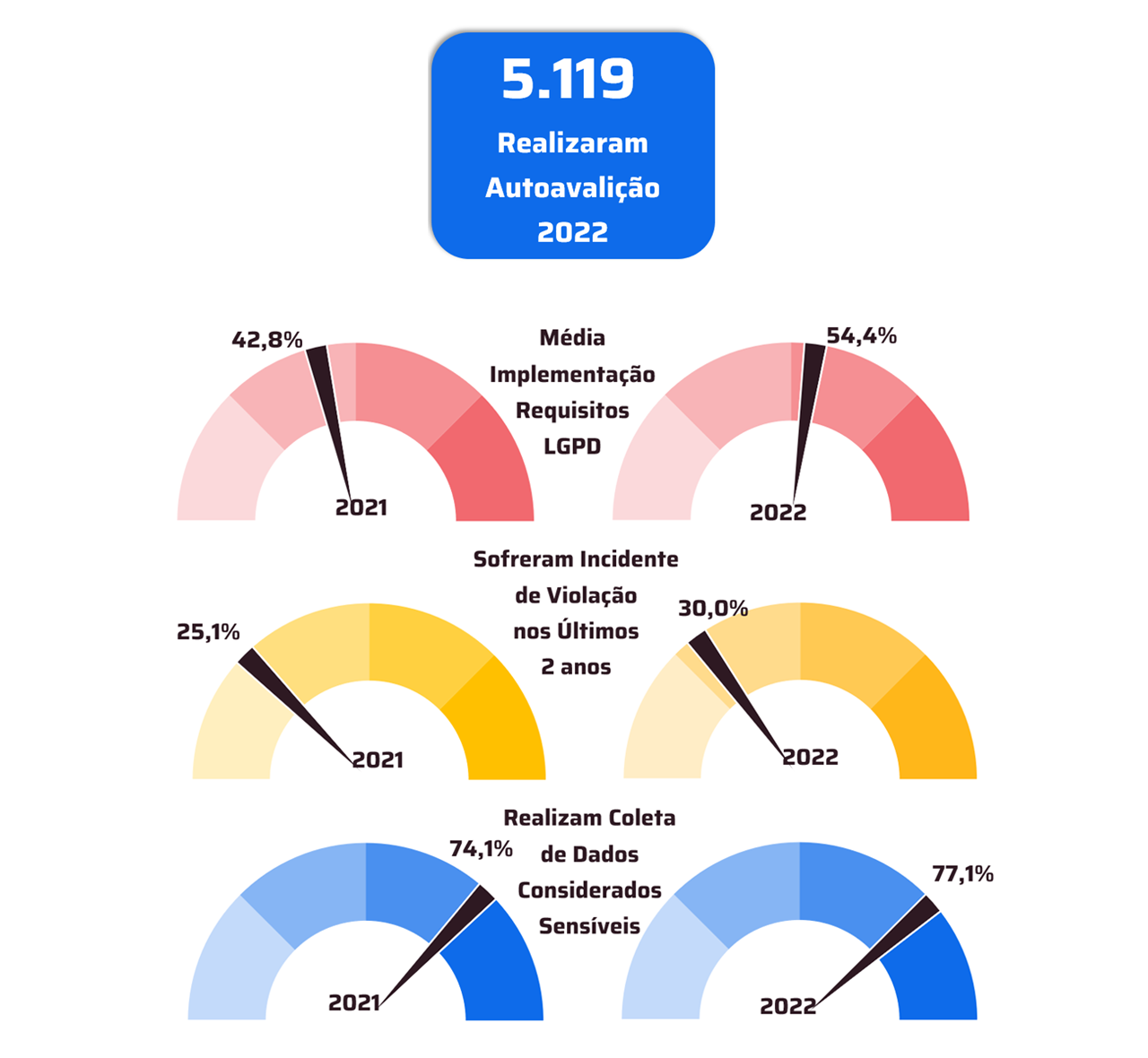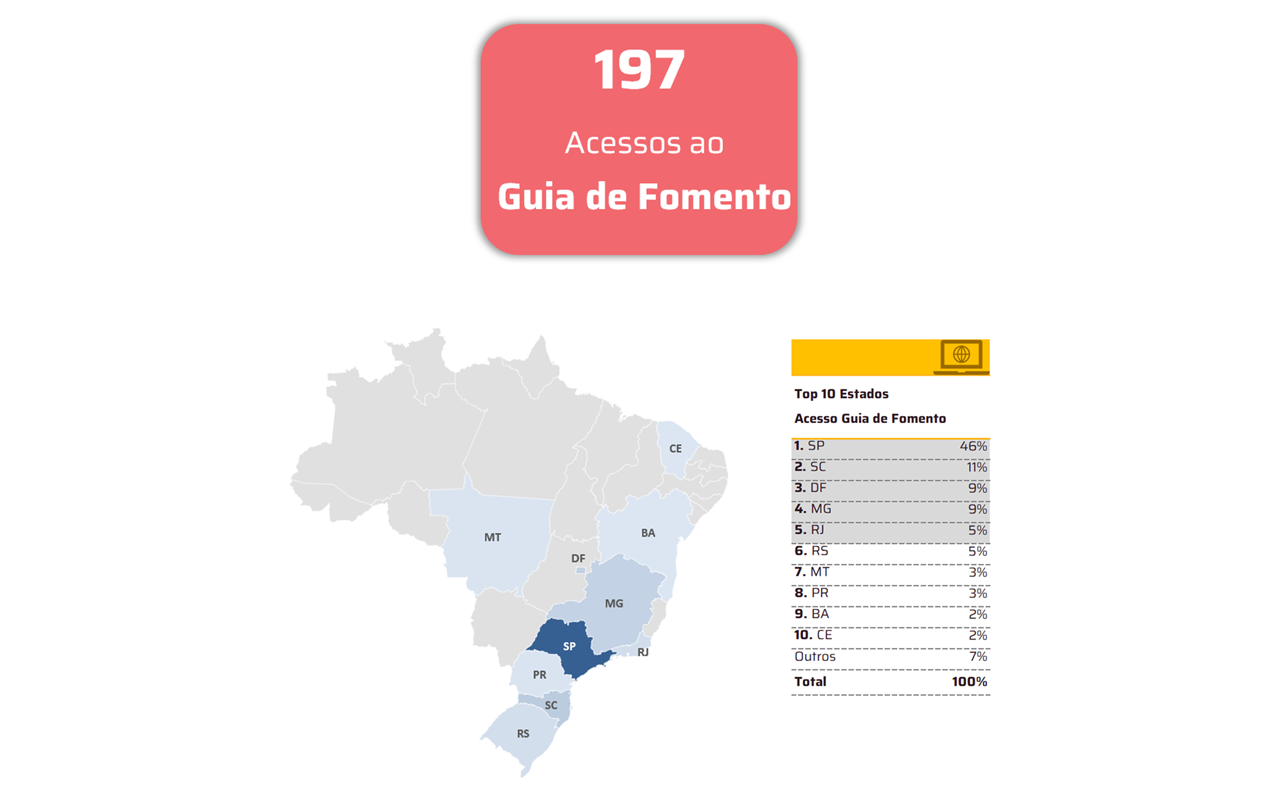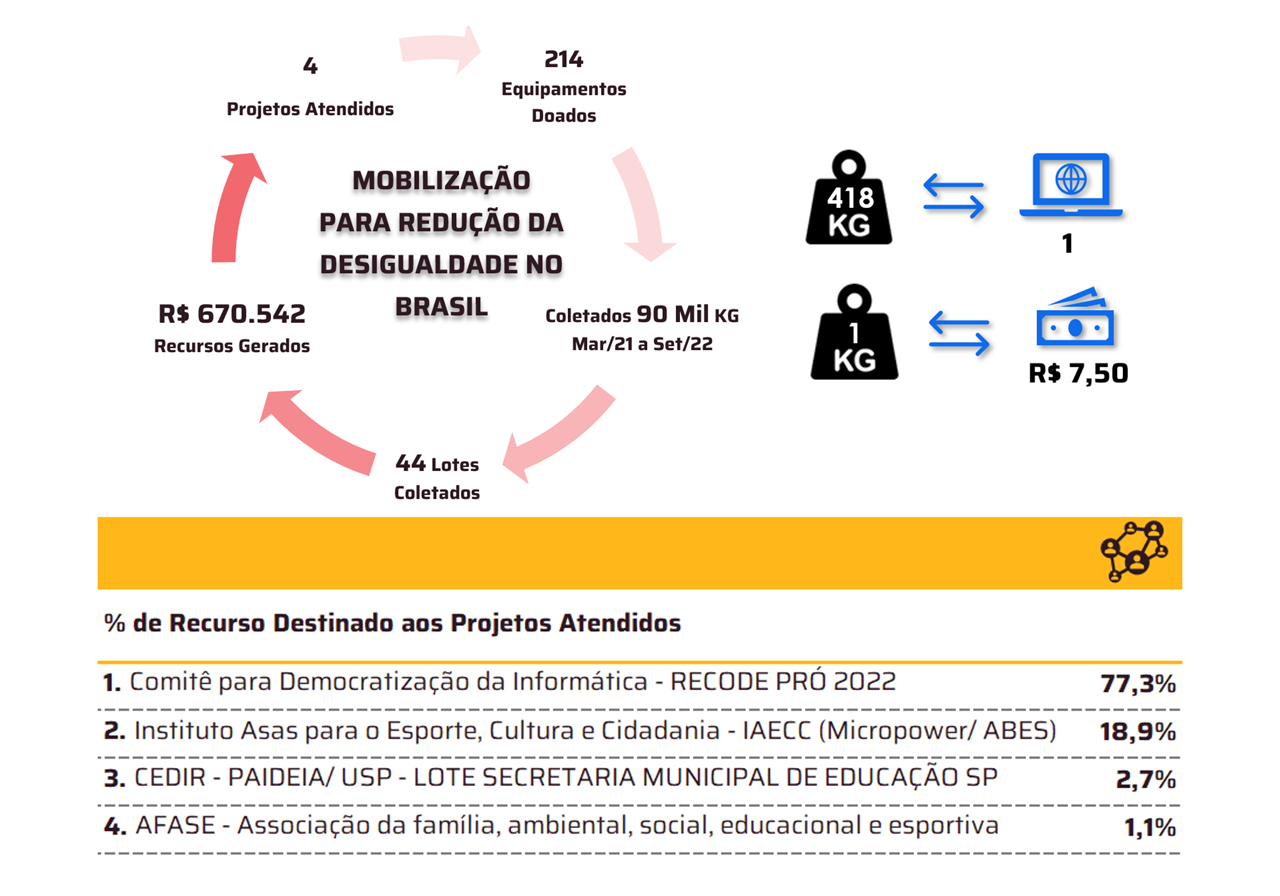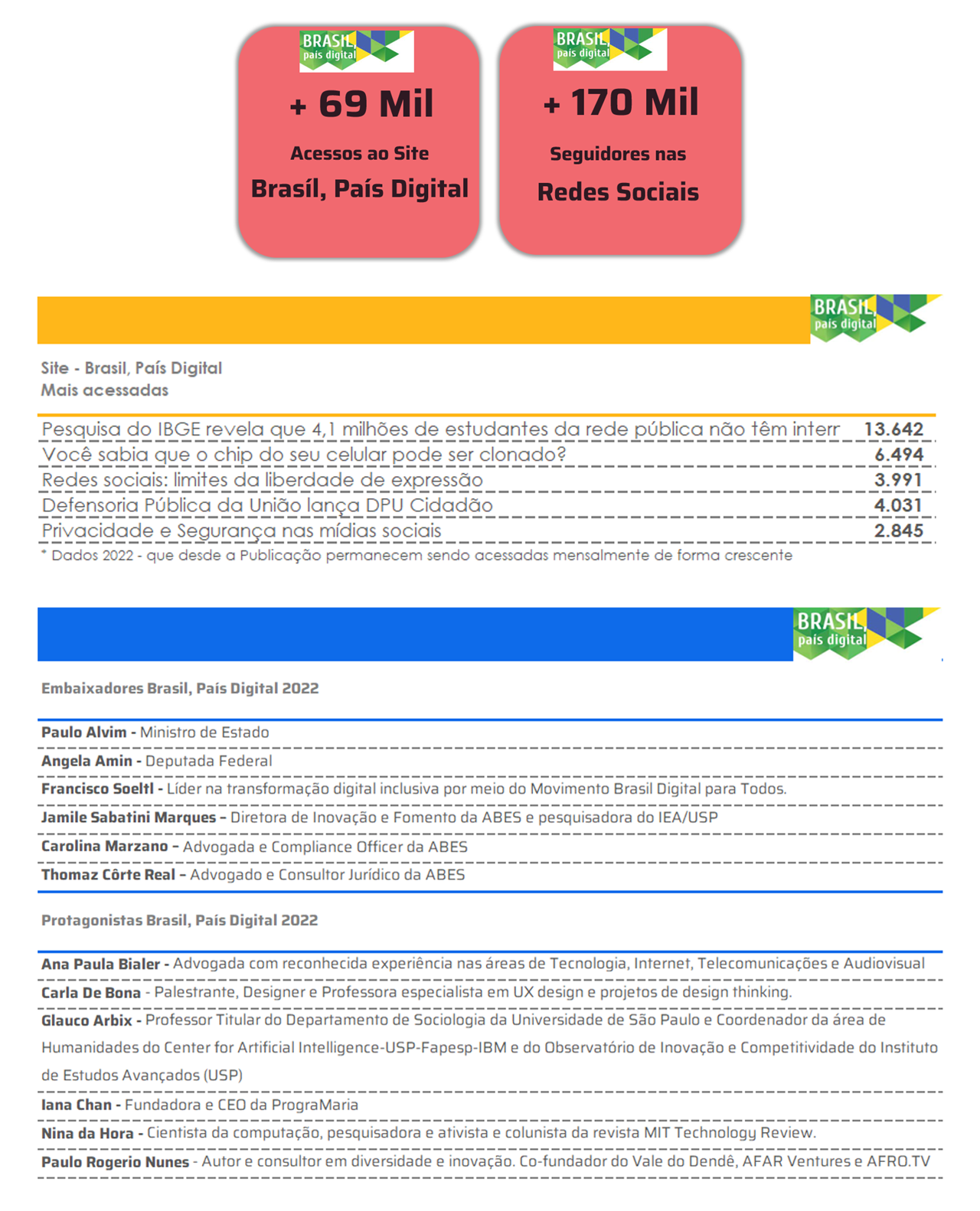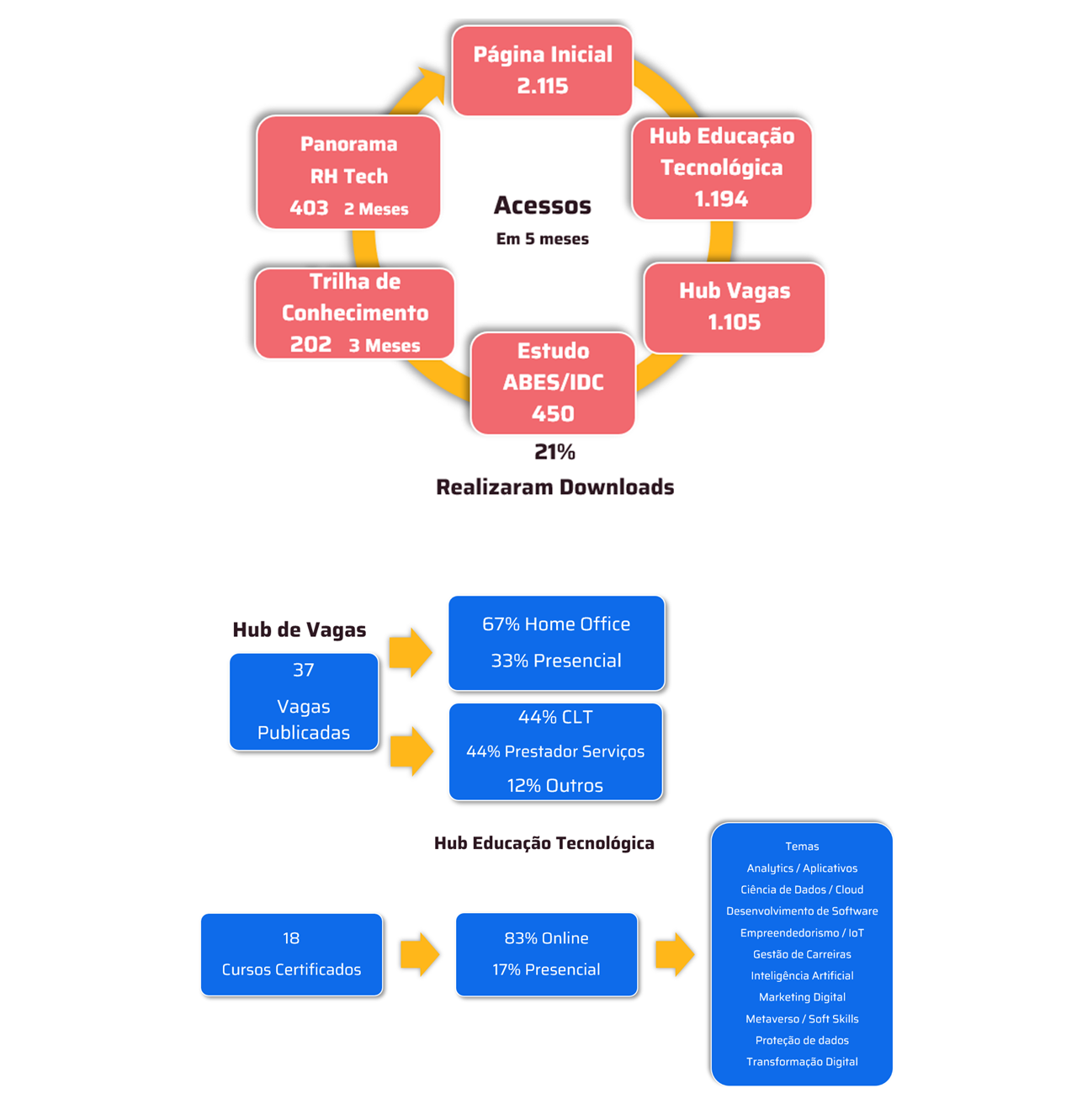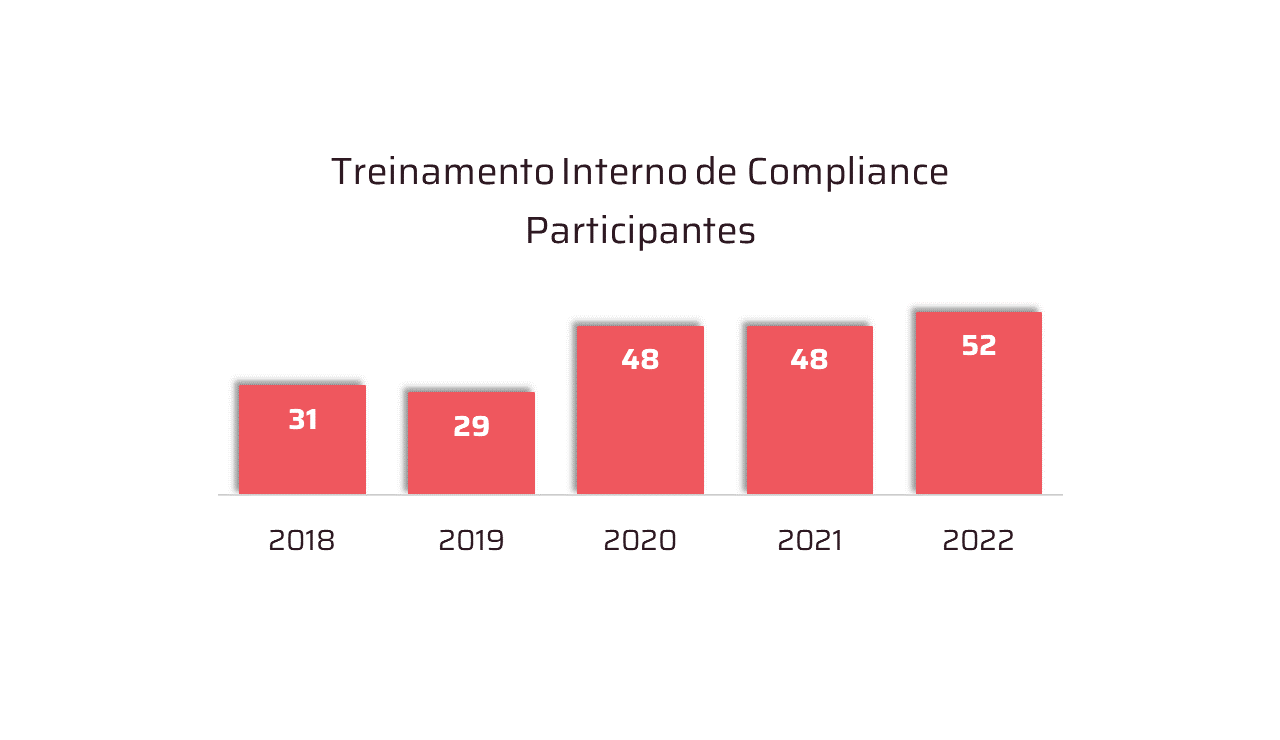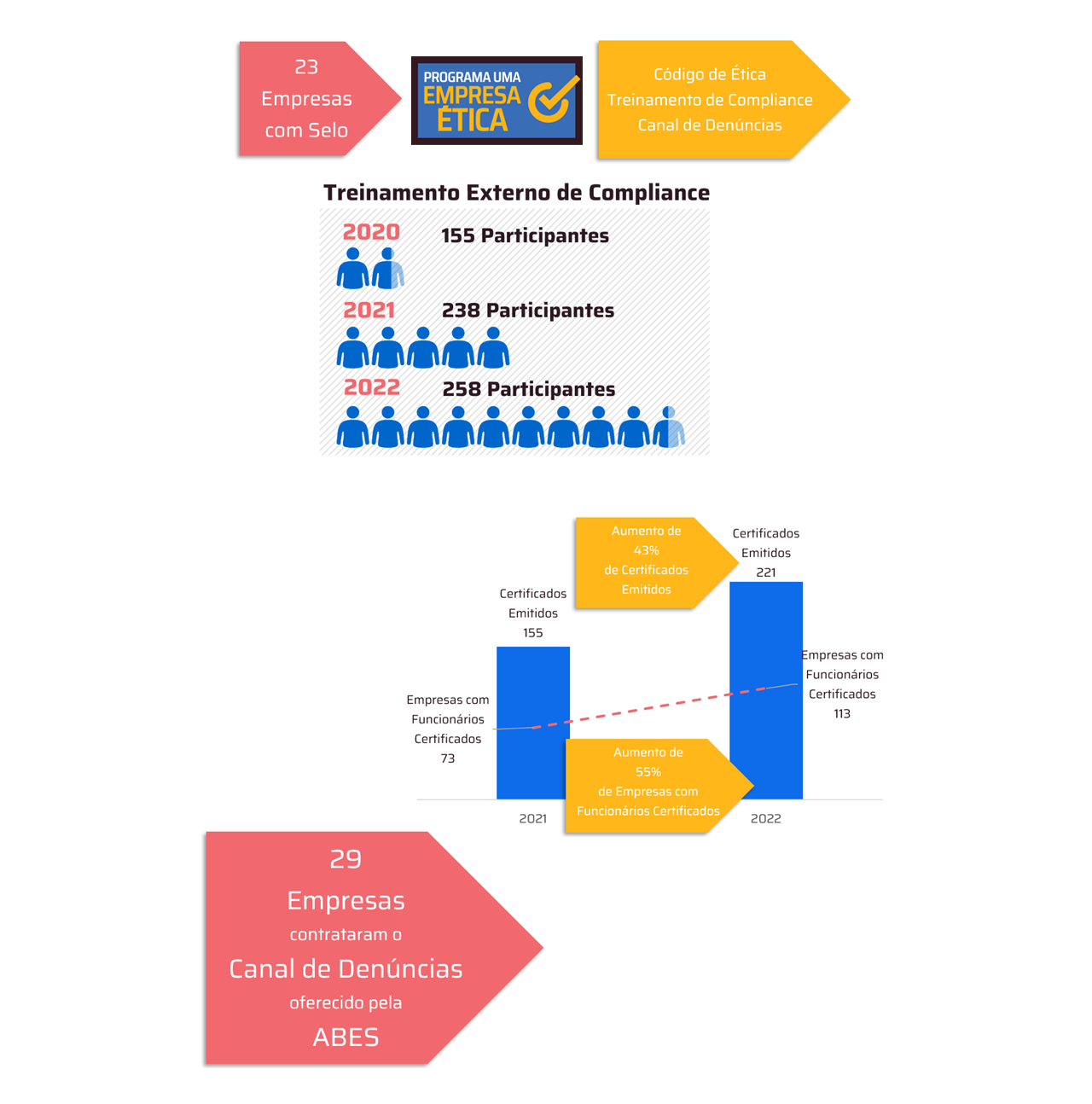Franchising is a clear example of how consistent branding and visual evolution can reinforce a brand's digital identity over time
 *By Igor Arnaldo de Alencar
*By Igor Arnaldo de Alencar
Since its launch in 1996, Pokémon has built a globally recognizable visual identity that has remained strong even as media platforms and formats have evolved. A brand’s digital identity, especially in the context of digital gaming, involves maintaining visual and symbolic elements that allow audiences to instantly recognize the brand, regardless of where or how the content is consumed. In the case of Pokémon, the iconic logo, character designs, especially Pikachu, and aesthetic elements associated with the games, such as Poké Balls and vibrant colors, have remained consistent over the decades.
(For those who don't know or are familiar with the franchise, the Pokémon franchise is a global entertainment phenomenon that began in 1996 with a video game for the Game Boy, created by Nintendo, Game Freak and Creatures, and revolves around fantastic creatures called Pokémon, which players can capture, train and use in battles. The goal is to become a Pokémon Master, earning gym badges and winning competitions. In addition to the games, the franchise has expanded into a popular anime, films, collectible card games, toys and licensed products, creating a universe of adventures that explores themes of friendship, teamwork and respect for nature. With the motto "Gotta Catch 'Em All", Pokémon has won millions of fans of all ages over the last few decades, remaining relevant and innovative to this day.)
This visual consistency does not mean stagnation, but rather a careful evolution that allows the brand to adapt to new generations and technologies without losing its essence. As the Pokémon franchise migrated from simple consoles like the Game Boy to more complex platforms like the Nintendo Switch and mobile, the visual and brand identity adapted to offer more sophisticated graphics and designs, while always maintaining the familiarity that won over millions of fans.
Pikachu, the franchise's unofficial mascot, exemplifies this care. (Before we move on, for those who don't know – or know it but don't know it in depth – Pikachu is one of the most iconic and recognizable Pokémon in the world, widely known as the mascot of the Pokémon franchise. An Electric-type, easily identified by its yellow fur, red cheeks and lightning-shaped tail, its main ability is to release electric shocks, used both in battles and to demonstrate emotions. With its friendly and loyal personality, it has captivated the public since its first appearance in the anime alongside its trainer Ash Ketchum.) Its design has evolved to keep up with the graphic changes, but it has always maintained core characteristics that make it immediately recognizable. This visual evolution aligned with the branding helps to consolidate Pokémon's digital presence across multiple platforms, from games to marketing campaigns and social media. This has made it a cultural symbol, representing the Pokémon universe in games, films, products and at international events, consolidating itself as a beloved and recognized figure for fans of all ages.
Furthermore, the consistency in the visual identity is also visible in the expansions to other mediums, such as anime, films, merchandising and even digital products, such as the virtual business cards in Pokémon GO. The audience expects a cohesive experience, where the digital and visual identity of Pokémon is maintained in all interactions, whether it is purchasing products online, participating in digital events, or engaging with advertising campaigns. This demonstrates how the brand evolves without losing its essence, ensuring that its digital identity remains strong and recognizable, regardless of the medium or time.
*Igor Arnaldo de Alencar is an Educator and researcher at the Think Tank of the Brazilian Association of Software Companies (ABES), a PhD student in the Postgraduate Program in Science, Technologies and Inclusion (PGCTIn) at UFF and a Columnist at Fabrica de Jogos.
Notice: The opinion expressed in this article is the responsibility of its authors and not of ABES – Brazilian Association of Software Companies
Article originally published on the IT Forum website https://itforum.com.br/colunas/branding-identidade-digital-pokemon/





